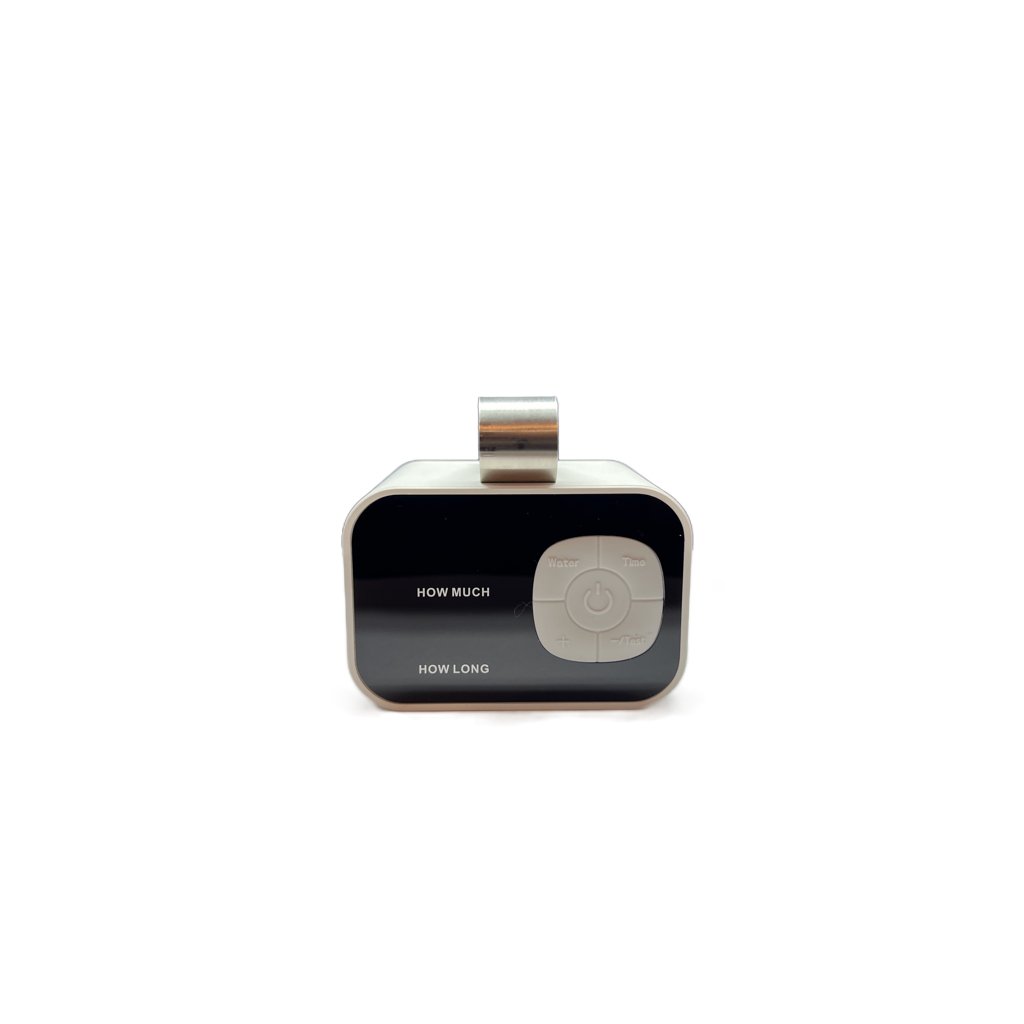The Shift to Eco-Friendly Refrigerants in HVAC Systems: A Closer Look
Share
The HVAC industry is undergoing a significant transformation in its choice of refrigerants, moving away from those with high Global Warming Potential (GWP) to more environmentally friendly alternatives. This shift is primarily driven by international agreements like the Montreal Protocol and its Kigali Amendment, aiming to phase out the use of harmful refrigerants in favor of substances that have a lower impact on global warming and ozone depletion. Let's dive into the comparison of these refrigerants and explore the benefits of the new options, their costs, and the timeline for this crucial transition.
Traditional vs. New Refrigerants
Traditional Refrigerants: Historically, HVAC systems have relied on refrigerants such as R-22 (Freon) and R-410A. These substances, while effective in cooling and heating, have high GWPs and contribute to ozone layer depletion (in the case of R-22).
New Refrigerants: The industry is now embracing alternatives like R-32, R-290 (propane), and R-744 (carbon dioxide), focusing on R-32 due to its lower GWP of 675 compared to R-410A's 2088. Natural refrigerants like R-290 and R-744 are also gaining attention for their minimal environmental impact.
Benefits of New Refrigerants
- Lower Environmental Impact: The new refrigerants have significantly lower GWPs, contributing less to global warming and not depleting the ozone layer.
- Energy Efficiency: Some of the new refrigerants, including R-32, offer better energy efficiency, leading to reduced electricity consumption and lower operational costs for consumers.
- Compliance with Regulations: Adopting these new refrigerants helps manufacturers and consumers comply with international environmental regulations, avoiding potential penalties and restrictions.
Cost Comparison
The transition to new refrigerants involves initial costs, as systems designed for older refrigerants may need modifications or replacements to handle the new substances. Despite this, the long-term savings from improved energy efficiency and the avoidance of regulatory fines can offset the upfront investment. Additionally, as production of these new refrigerants scales up, their prices are expected to decrease, making them more cost-competitive with their predecessors.
Why the Switch?
The primary reason for the switch is environmental protection. The phasedown of high-GWP refrigerants is crucial for combating climate change and protecting the ozone layer. Moreover, energy efficiency improvements align with global efforts to reduce energy consumption and greenhouse gas emissions.
Timeline for the Transition
The timeline for phasing out older refrigerants and adopting new ones varies by region, following the guidelines set by the Montreal Protocol and its amendments. In the United States, for example, the production and import of R-22 were banned starting in 2020. Meanwhile, the Kigali Amendment, which many countries have ratified, sets a timeline for gradually reducing the use of HFCs, starting in 2019 with a target of an 80% reduction by 2047.
Conclusion
The shift towards eco-friendly refrigerants in HVAC systems is a vital step in the global effort to combat climate change and protect the ozone layer. While the transition involves initial costs and challenges, the long-term benefits of reduced environmental impact, improved energy efficiency, and regulatory compliance make it a necessary and worthwhile endeavor. As the industry continues to innovate, the adoption of these new refrigerants will play a crucial role in shaping a more sustainable future.







